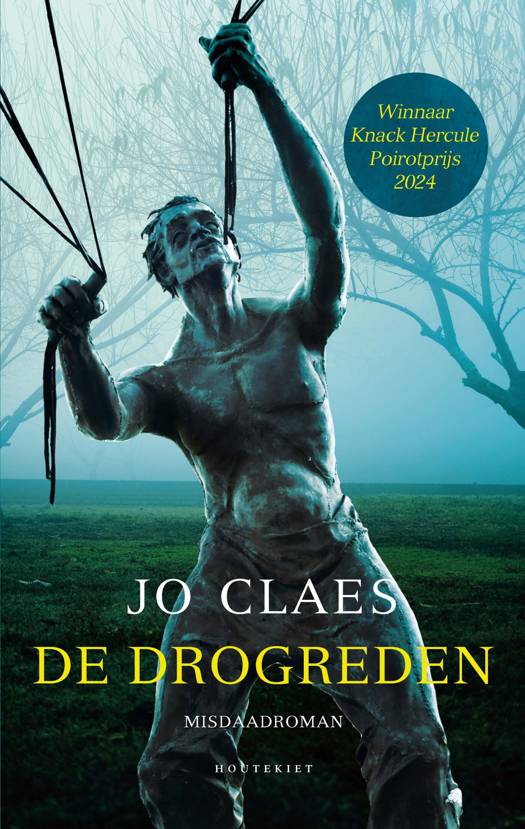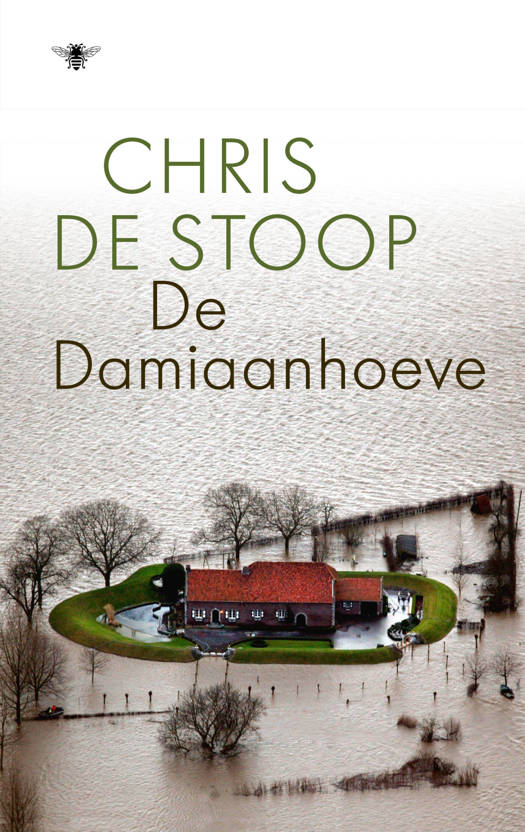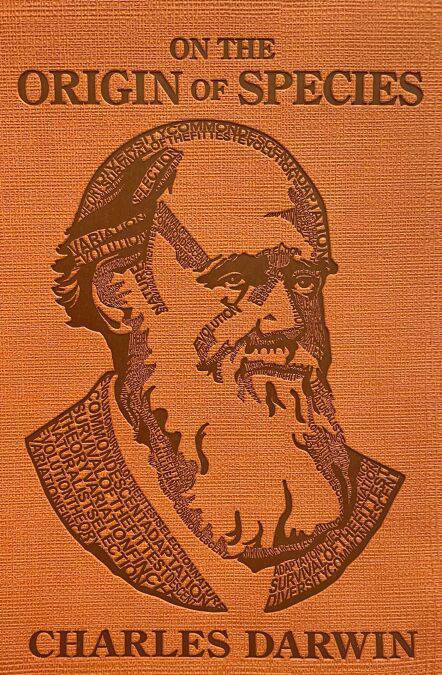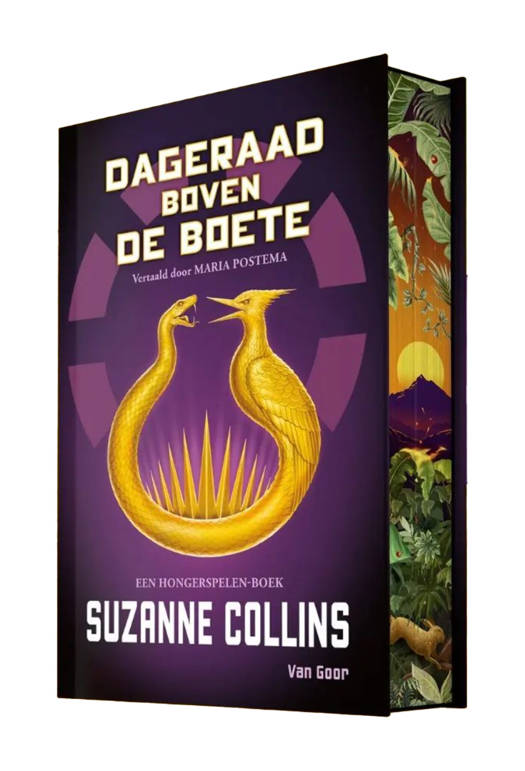
- Afhalen na 1 uur in een winkel met voorraad
- Gratis thuislevering in België vanaf € 30
- Ruim aanbod met 7 miljoen producten
- Afhalen na 1 uur in een winkel met voorraad
- Gratis thuislevering in België vanaf € 30
- Ruim aanbod met 7 miljoen producten
Zoeken
€ 5,58
+ 5 punten
Uitvoering
Omschrijving
The sixth and final edition of Charles Darwin’s groundbreaking work that introduced the theory of evolution by means of natural selection.
First published in 1859, Charles Darwin’s On the Origin of Species introduced the scientific theory of evolution by means of natural selection, a revolutionary idea at the time. Fiercely debated on its release, Darwin’s famous work was revised several times over the following decade, partly to refute the scientific and religious objections of the author’s contemporaries. In this sixth edition of On the Origin of Species, Darwin lays out his theory by citing his studies done in the Galápagos aboard the HMS Beagle in the 1830s, as well as his follow-up research over the ensuing two decades.
First published in 1859, Charles Darwin’s On the Origin of Species introduced the scientific theory of evolution by means of natural selection, a revolutionary idea at the time. Fiercely debated on its release, Darwin’s famous work was revised several times over the following decade, partly to refute the scientific and religious objections of the author’s contemporaries. In this sixth edition of On the Origin of Species, Darwin lays out his theory by citing his studies done in the Galápagos aboard the HMS Beagle in the 1830s, as well as his follow-up research over the ensuing two decades.
Specificaties
Betrokkenen
- Auteur(s):
- Uitgeverij:
Inhoud
- Aantal bladzijden:
- 608
- Taal:
- Engels
- Reeks:
Eigenschappen
- Productcode (EAN):
- 9781667202501
- Verschijningsdatum:
- 19/12/2022
- Uitvoering:
- E-book
- Beveiligd met:
- Adobe DRM
- Formaat:
- ePub
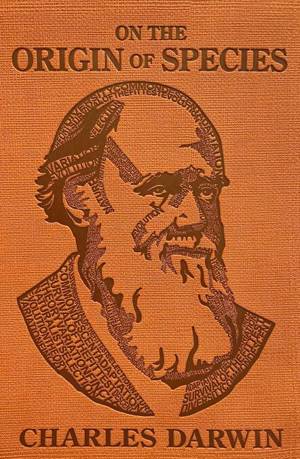
Alleen bij Standaard Boekhandel
+ 5 punten op je klantenkaart van Standaard Boekhandel
Beoordelingen
We publiceren alleen reviews die voldoen aan de voorwaarden voor reviews. Bekijk onze voorwaarden voor reviews.


